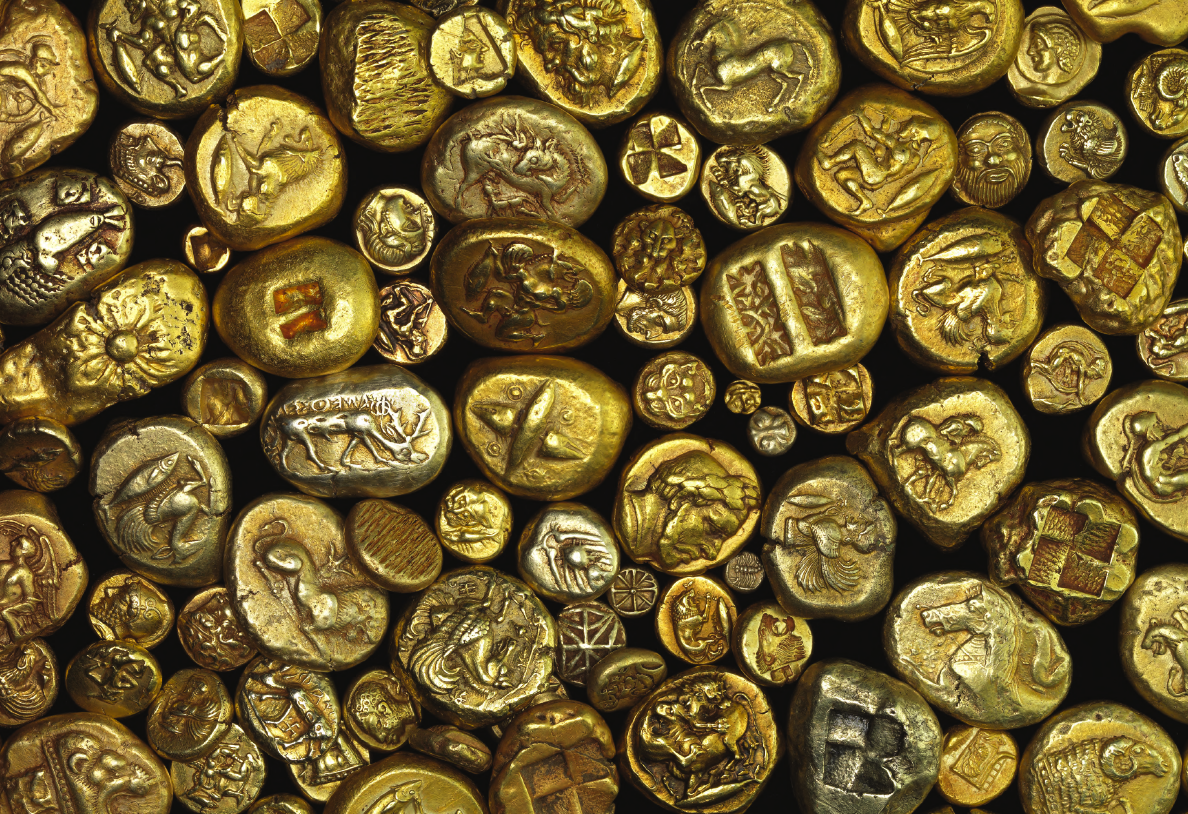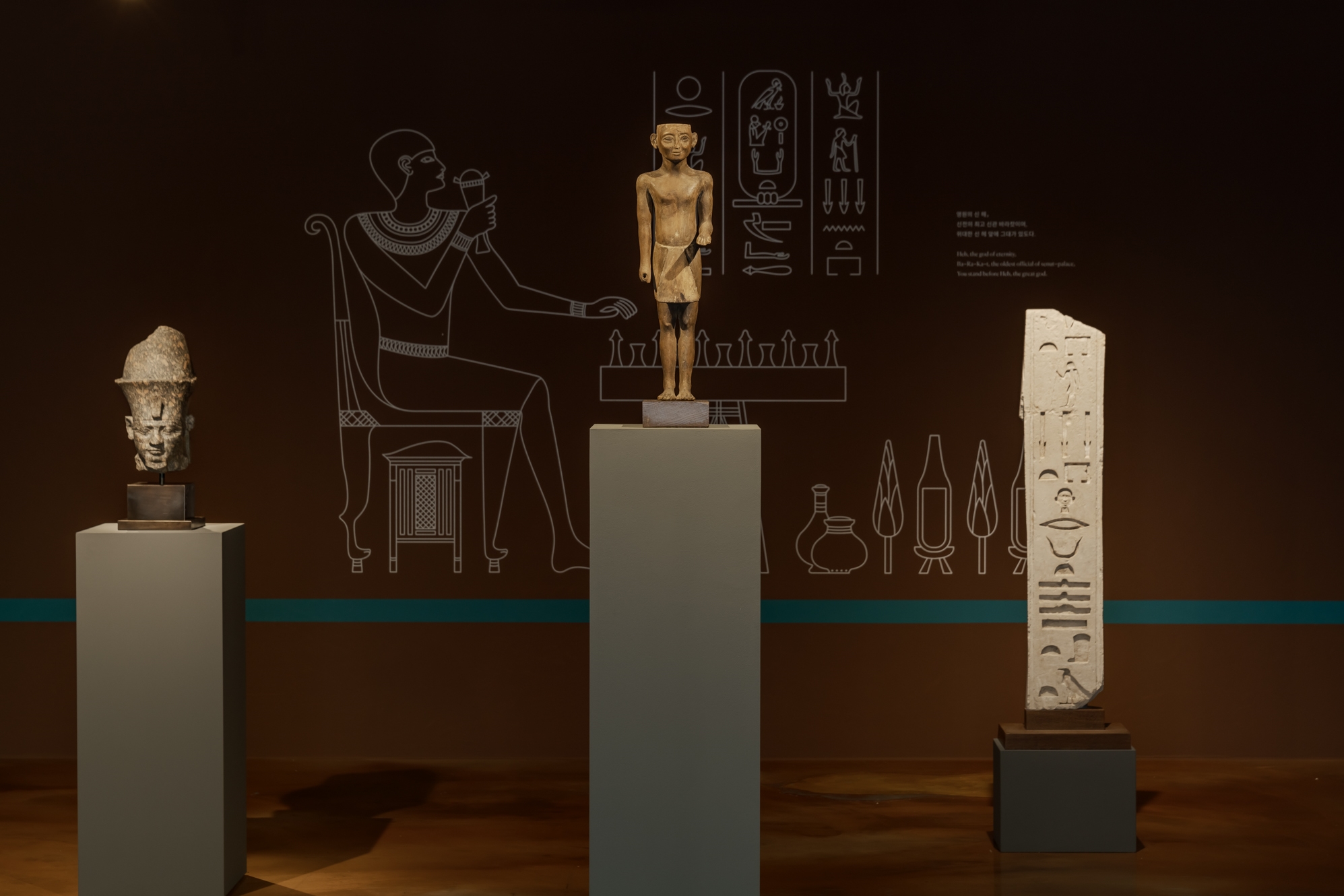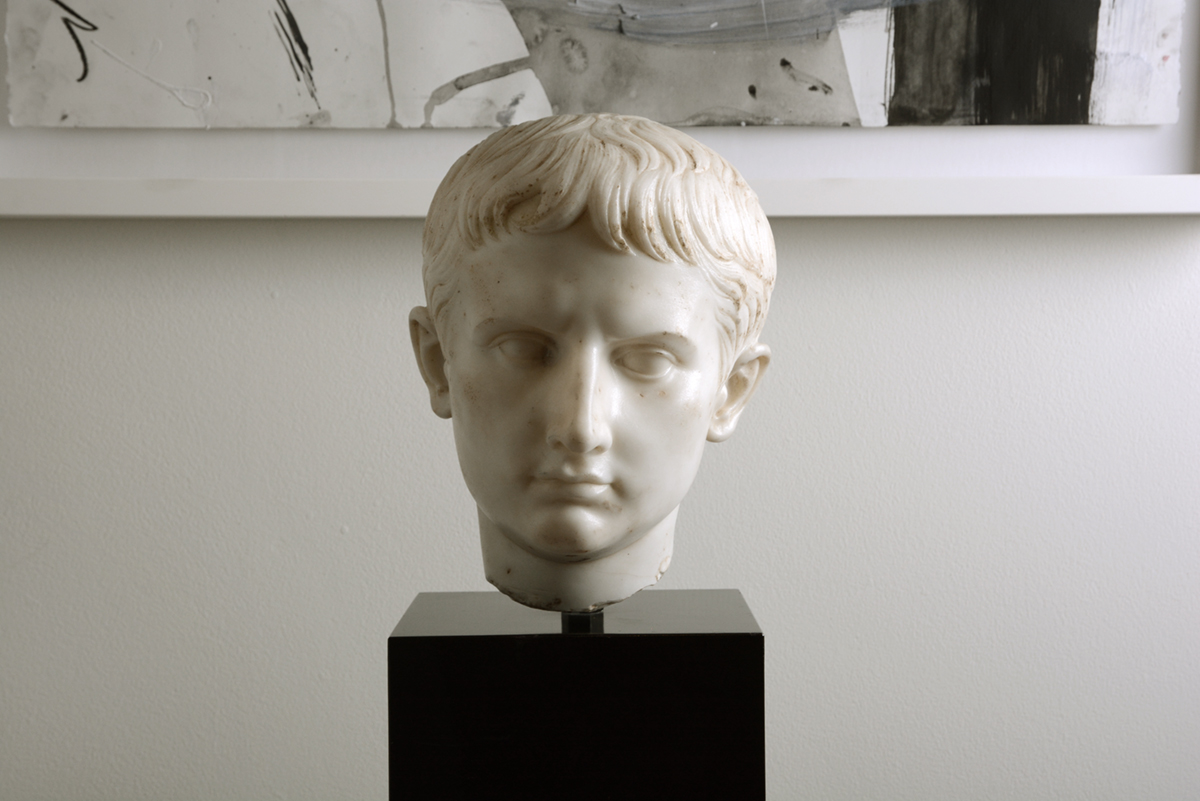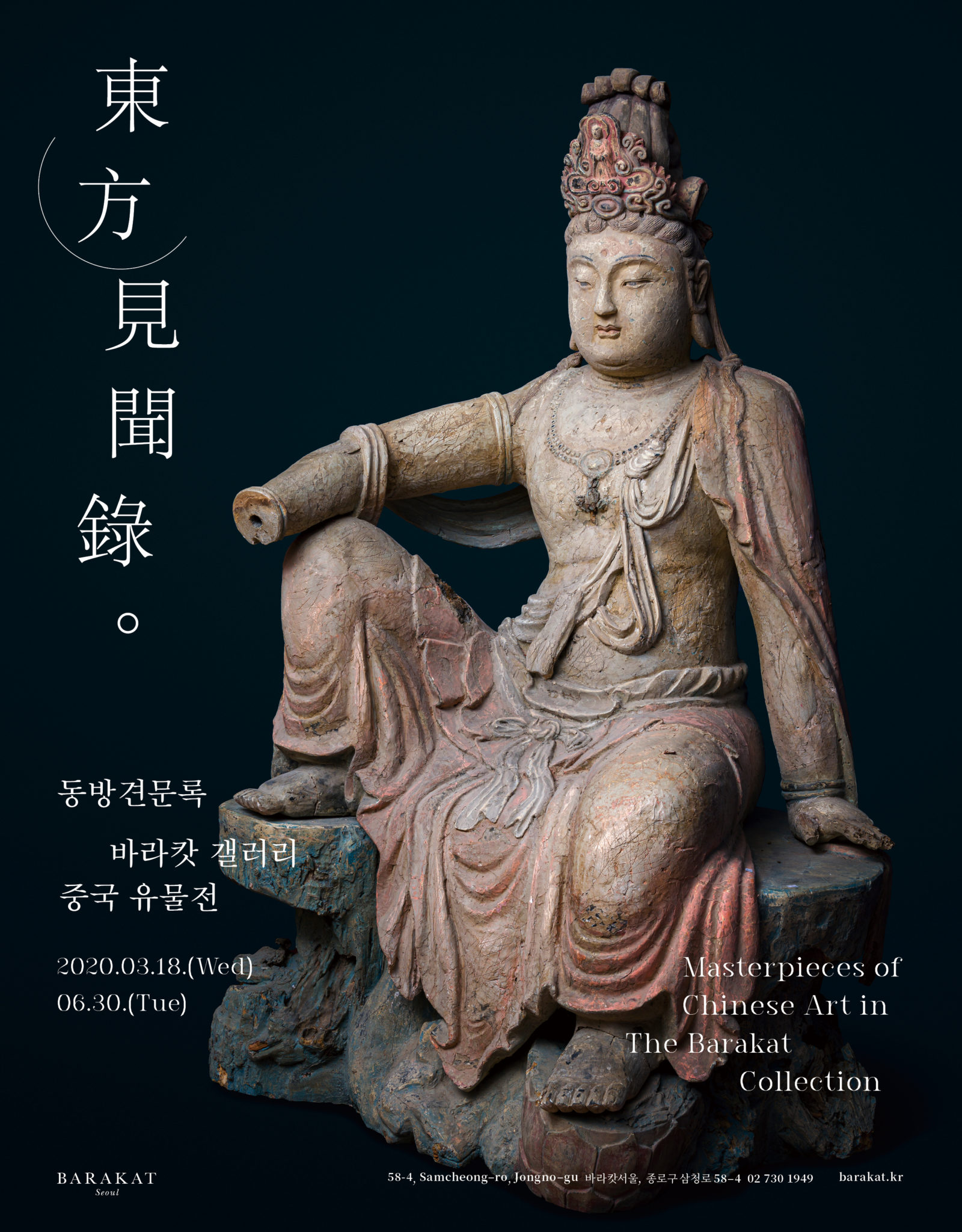Coins. Reach into any pocket or purse and you’re certain to find a few. They are an integral part of daily life, so ubiquitous that we rarely think about them. Few objects are as universally employed by human culture. Throughout the world, every civilized society uses coins as a medium of exchange. Coins serve as a kind of propaganda, an advertisement for the aims and ambitions of the people who mint them. Values vary, as do shapes and decoration, but the function is always the same. It is rare that a useful invention should have endured with so little alteration in form. In the course of an average day, we might use coins in a dozen different ways: to make a phone call, feed a parking meter, buy a newspaper, or tip a waiter. In antiquity, of course, the main purpose of coinage was to provide equivalent value for goods and services. Comparing a modern coin to an ancient one, very little has changed. Except for the uniformity of the minting process, all the major components – inscriptions, and metals – are similar. New monetary innovations such as paper currency, credit cards, and computer banking have reduced the need for coinage, but nothing has entirely replaced it, even after twenty-five centuries.
Yet for all these similarities, there is a Romance, an adventure, about collecting ancient coins which is unlike any other sensation. It’s an elusive concept, but ancient coins have an individual character, a sense of personal history, that is missing in modern numismatics. A lot of it has to do with the minting process. In modern mints, machines stamp coins of uniform size and weight; each penny looks exactly like the next. The coins may be beautiful, but there is little that sets one apart from another. From the invention of coinage through Medieval times, almost all coins were struck by hand. A flan of hot metal was placed on a stationary obverse side while the reverse die, held by hand, was hammered from above. While this method produced coins of extraordinary beauty, it also allowed for an enormous variation from coin to coin. No two ancient coins are ever exactly alike: their edges are irregular, their diameters vary according to how the molten metal was struck, weights were only sporadically uniform, and the human hand allowed for considerable variation in the angles of striking. Like people themselves, ancient coins have a personal tale to tell, a unique accounting of their journey through time.
Like most antiquities, coins owe their survival to the whims of fate and to a conscious effort on the part of their ancient owners to hide or save them.
In antiquity, banks were virtually unknown. A person’s wealth was usually measured in real terms. While the concepts of credit and interest were prevalent among the wealthy, the average citizen kept his money locked up at home. In uncertain times (and there were many in antiquity) this money might be buried for safekeeping. A person fleeing the fall of a city couldn’t run carrying substantial amounts of precious metal. If the owner was unable to get back for his coins, they might lie undisturbed for centuries. Thousands of coins have been discovered in this fashion, usually packed into jars or boxes and buried under walls or floors. This is called a “hoard”, which usually designates a find of five coins or more. Sometimes the coins date back to a single period, and sometimes they span several centuries of history. Value also played a role in a coin’s survival: then, as now, gold coins were the rarest and least likely to be in everyday circulation, while silver and bronze were quite common. Being present at the discovery of a hoard of ancient coins is a remarkable experience. Few thrills compare to being the first person in centuries to hold a newly found coin. One cannot help but wonder how it came to be there, and who held it last.
Imagination contributes greatly to the romantic aura of ancient coins. Though it is virtually impossible to tell where any given coin has been, what it has bought, or whose fingers held it, we can generally tell when and where it was minted, by which individual or government, and sometimes, where it has spent the centuries since. Our imagination fills in the details. In the images and inscriptions that adorn ancient coins, we read of the rise and fall of empires, the comings and goings of royalty, and the dreams and ambitions of men. Beneath that surface is a secondary history, unknown but equally real, having to do with the vanished lives through which that coin once passed.
Coinage was first invented in Asia Minor around 900 BC Early coins were often crude lumps of metal, stamped perhaps on only one side with some geometric markings. Numerous cultures, especially in Greece, quickly refined this technique, adding increasingly elaborate imagery, so that by 600 BC coins had achieved the status of art.
Some of the most popular coins from Classical Greece are the silver terradrachme of Athens. In her golden age, the wealth of Athens derived from the rich lodes of silver mined at Laurium. In antiquity, Athenian silver was legendary for its purity, weight, and beauty. Typically, these coins bear the regal image of Athena (goddess of wisdom and war and patroness of the city) on one side, and an owl and olive branch on the reverse. These coins might have been used to pay the artisans who worked on the Parthenon, the actors who performed the plays of Sophocles, or the commanders of the Athenian fleet. Their elegant beauty still moves us today.
The coins of nearby Corinth, a city famed for the luxury of its lifestyle, also bear the head of Athena wearing the warrior’s helmet typical of the Corinthian army. On the reverse is the exquisite image of the winged horse Pegasus in flight. Though this is a reference to Bellerphon, the mythical founder of Corinth who rode Pegasus, it also stands as a metaphor for the soaring heights to which the imagination aspires.
Perhaps no personality in history inspires so much admiration as Alexander the Great, the young and adventurous Macedonian king who conquered a vast empire for himself in a dozen short years. The coinage of Alexander is full of overt beauty and subtle propaganda. It was minted and distributed over a huge area, ranging from Greece to Egypt to the borders of India. A typical silver coin of Alexander might depict the hero-god Hercules, from whom the Macedonian claimed descent, and whose roving adventures he emulated. The features of Hercules, handsome and proud, evoke those of the young king himself. On the reverse, the enthroned images of Zeus, king of the Olympian gods, whom Alexander sometimes claimed as a father, defines regal power and authority. Such a coin might have been a month’s salary for an officer in the Macedonian army, or part of the pay of an architect who built the new capital at Alexandria. Very possibly, the person who held it then saw Alexander walk by in triumph, or even knew him personally. When we hold such a token in our own hands, we are linked across time to the vanished world.
The dynasties that inherited Alexander’s empire after his death minted coins of extraordinary visual impact. Usually bearing the portraits of the rulers who commissioned them, they are icons of political power. The features of these kings, queens, tyrants, and usurpers show them to be strong, shrewd, and, above all, ambitious. We can often trace the history of an entire era through what appears on the coins. One remarkable Syrian queen, Cleopatra Thea, ancestress to the famous Egyptian Cleopatra, appears on four decades of coinage with no less than three of her husbands and two of her children, as well as by herself. We see her first as a shy young princess, married to cement a shaky political alliance, and trace her metamorphosis into a handsome but authoritarian queen. At one point, she was simultaneously married to two brothers, both of whom had claims to the Seleucid throne. She was eventually poisoned by one of her sons, whom she herself was attempting to kill. Current political maneuvering seems tame by comparison. We can imagine that those who spent the currency of Cleopatra Thea watched her adventures with increasing amazement.
In Egypt, the Ptolomico minted superb coins that expressed their political agenda. Kings and queens frequently appear together, an indication of their dynastic ambitions and the importance accorded the royal bloodline. Cleopatra was the last of that dynasty. In spite of tales of her famous beauty, her coinage shows her to have been rather plain, with a large nose and heavy chin. Her true charm appears to have centered around her wit and intelligence, which unlike beauty does not fade with age. A coin minted by Marc Anthony shows the famous pair on opposite sides, a unique tribute to their passionate if doomed love affair.
For almost five centuries, Rome ruled an empire that stretched from England to Egypt, and from Spain to Persia. It is logical therefore that the greatest number of surviving ancient coins are Roman in origin. Most of these bear the portraits of emperors and empresses on the obverse, with a huge variety of slogans, symbols, and commemorative images on the reverse.
FAYEZ BARAKAT
from Hotel Bel Aire Volume II no 2
To see samples of these miniature monetary masterworks from antiquity, browse through the samples below or visit the numismatics section of our website
HERE
You can also do a thorough search of our entire ancient coin inventory
HERE






This blog is really cool. I have bookmarked it.
Do you allow guest post on your page ? I can provide high quality articles for
you. Let me know.
Yes